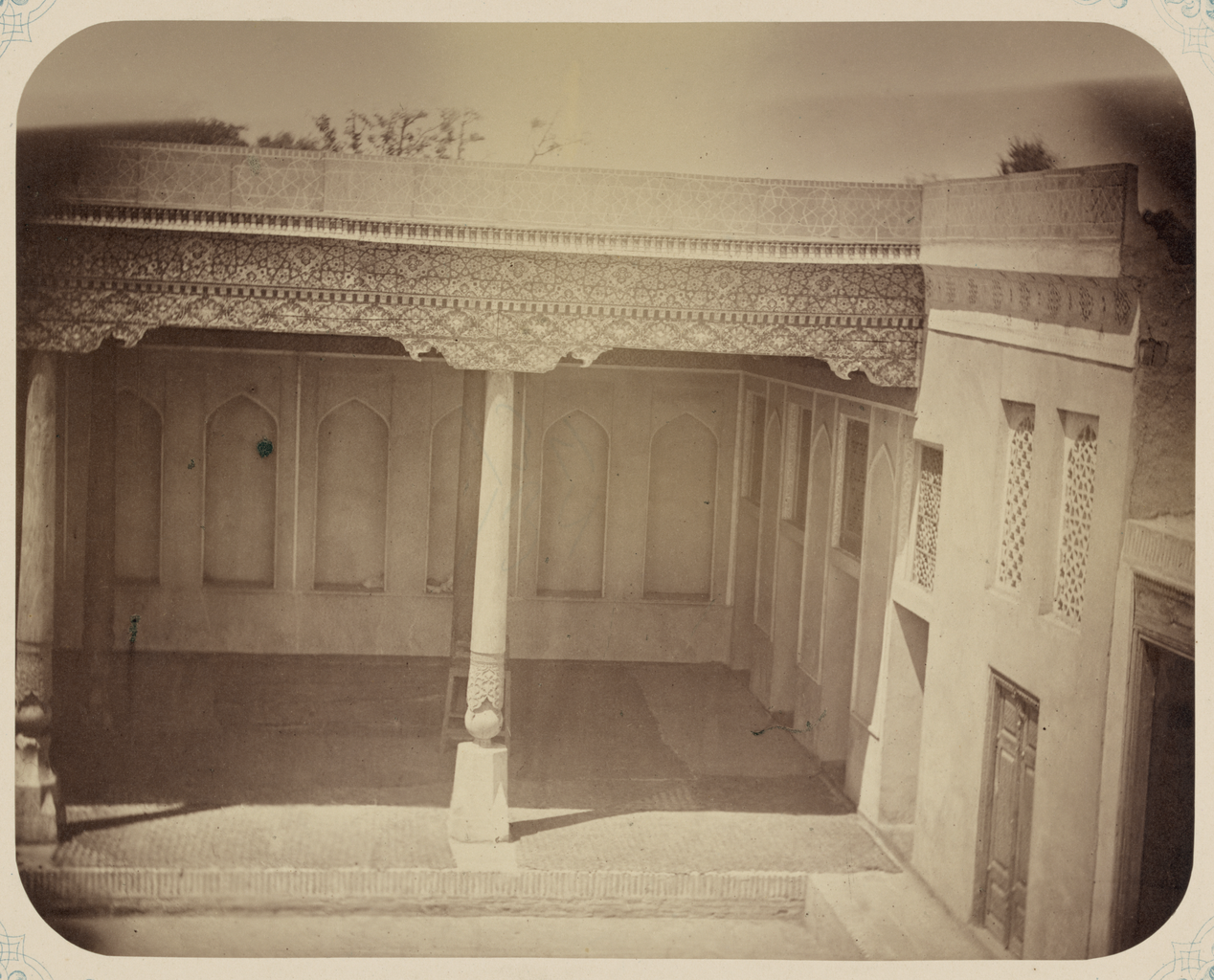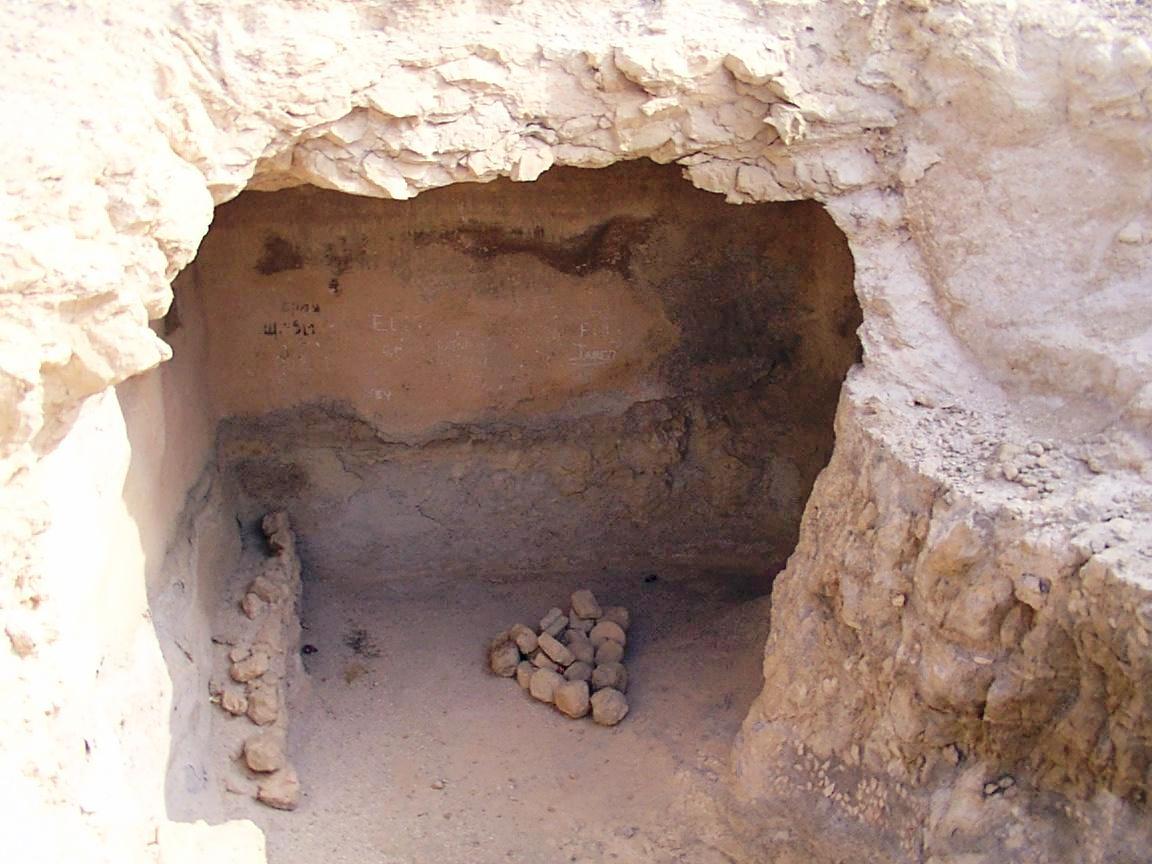Genizah on:
[Wikipedia]
[Google]
[Amazon]
 A genizah (; , also ''geniza''; plural: ''genizot'' 'h''or ''genizahs'') is a storage area in a
A genizah (; , also ''geniza''; plural: ''genizot'' 'h''or ''genizahs'') is a storage area in a
 Genizot are temporary repositories designated for the storage of worn-out
Genizot are temporary repositories designated for the storage of worn-out
 The
The  By far, the best-known genizah, which is famous for both its size and spectacular contents, is the Cairo Geniza. Recognized for its importance and introduced to the Western world in 1864 by Jacob Saphir, and chiefly studied by Solomon Schechter, Jacob Mann and
By far, the best-known genizah, which is famous for both its size and spectacular contents, is the Cairo Geniza. Recognized for its importance and introduced to the Western world in 1864 by Jacob Saphir, and chiefly studied by Solomon Schechter, Jacob Mann and
AHRC Rylands Cairo Genizah Project
{Dead link, date=December 2019 , bot=InternetArchiveBot , fix-attempted=yes
Jewish Encyclopedia entryPrinceton University Geniza ProjectAfghan Genizah acquisition by the National Library of IsraelTaylor-Schechter Genizah Research UnitThe Cairo Genizah Collection, Cambridge Digital Library
Jewish law and rituals Jewish texts Synagogues
 A genizah (; , also ''geniza''; plural: ''genizot'' 'h''or ''genizahs'') is a storage area in a
A genizah (; , also ''geniza''; plural: ''genizot'' 'h''or ''genizahs'') is a storage area in a Jewish
Jews ( he, יְהוּדִים, , ) or Jewish people are an ethnoreligious group and nation originating from the Israelites Israelite origins and kingdom: "The first act in the long drama of Jewish history is the age of the Israelites""The ...
synagogue
A synagogue, ', 'house of assembly', or ', "house of prayer"; Yiddish: ''shul'', Ladino: or ' (from synagogue); or ', "community". sometimes referred to as shul, and interchangeably used with the word temple, is a Jewish house of wor ...
or cemetery designated for the temporary storage of worn-out Hebrew-language books and papers on religious topics prior to proper cemetery burial.
Etymology
The word ''genizah'' comes from the Hebrew triconsonantal root ''g-n-z'', which means "to hide" or "to put away", from Old Median ''*ganza-'' (“depository; treasure”).Katzover, Yisrael. "The Genizah on the Nile". '' Hamodia'' Features, April 21, 2016, p. 14. The derived noun meant 'hiding' and later a place where one put things, and is perhaps best translated as "archive" or "repository".Description
 Genizot are temporary repositories designated for the storage of worn-out
Genizot are temporary repositories designated for the storage of worn-out Hebrew language
Hebrew (; ; ) is a Northwest Semitic language of the Afroasiatic language family. Historically, it is one of the spoken languages of the Israelites and their longest-surviving descendants, the Jews and Samaritans. It was largely preserve ...
books and papers on religious topics prior to proper cemetery burial, it being forbidden to throw away writings containing the name of God
There are various names of God, many of which enumerate the various qualities of a Supreme Being. The English word ''god'' (and its equivalent in other languages) is used by multiple religions as a noun to refer to different deities, or spec ...
. As even personal letters and legal contracts may open with an invocation of God, the contents of genizot have not been limited to religious materials; in practice, they have also contained writings of a secular nature, with or without the customary opening invocation, as well as writings in other Jewish languages that use the Hebrew alphabet (the Judeo-Arabic languages, Judeo-Persian, Judaeo-Spanish
Judaeo-Spanish or Judeo-Spanish (autonym , Hebrew alphabet, Hebrew script: , Cyrillic script, Cyrillic: ), also known as Ladino, is a Romance languages, Romance language derived from Old Spanish language, Old Spanish. Originally spoken in Spain ...
, and Yiddish
Yiddish (, or , ''yidish'' or ''idish'', , ; , ''Yidish-Taytsh'', ) is a West Germanic language historically spoken by Ashkenazi Jews. It originated during the 9th century in Central Europe, providing the nascent Ashkenazi community with a ve ...
).
Genizot are typically found in the attic or basement of a synagogue
A synagogue, ', 'house of assembly', or ', "house of prayer"; Yiddish: ''shul'', Ladino: or ' (from synagogue); or ', "community". sometimes referred to as shul, and interchangeably used with the word temple, is a Jewish house of wor ...
, but can also be in walls or buried underground. They may also be located in cemeteries.
The contents of genizot are periodically gathered solemnly and then buried in the cemetery or ''bet ḥayyim''. Synagogues in Jerusalem
Jerusalem (; he, יְרוּשָׁלַיִם ; ar, القُدس ) (combining the Biblical and common usage Arabic names); grc, Ἱερουσαλήμ/Ἰεροσόλυμα, Hierousalḗm/Hierosóluma; hy, Երուսաղեմ, Erusałēm. i ...
buried the contents of their genizot every seventh year, as well as during a year of drought, believing that this would bring rain. This custom is associated with the far older practice of burying a great or good man with a ''sefer'' (either a book of the Tanakh
The Hebrew Bible or Tanakh (;"Tanach"
'' Mishnah The Mishnah or the Mishna (; he, מִשְׁנָה, "study by repetition", from the verb ''shanah'' , or "to study and review", also "secondary") is the first major written collection of the Jewish oral traditions which is known as the Oral Tor ...
, the '' Mishnah The Mishnah or the Mishna (; he, מִשְׁנָה, "study by repetition", from the verb ''shanah'' , or "to study and review", also "secondary") is the first major written collection of the Jewish oral traditions which is known as the Oral Tor ...
Talmud
The Talmud (; he, , Talmūḏ) is the central text of Rabbinic Judaism and the primary source of Jewish religious law ('' halakha'') and Jewish theology. Until the advent of modernity, in nearly all Jewish communities, the Talmud was the ce ...
, or any work of rabbinic literature
Rabbinic literature, in its broadest sense, is the entire spectrum of rabbinic writings throughout Jewish history. However, the term often refers specifically to literature from the Talmudic era, as opposed to medieval and modern rabbinic w ...
) which has become ''pasul'' (unfit for use through illegibility or old age). The tradition of paper-interment is known to have been practiced in Morocco, Algiers, Turkey, Yemen and Egypt.
History
 The
The Talmud
The Talmud (; he, , Talmūḏ) is the central text of Rabbinic Judaism and the primary source of Jewish religious law ('' halakha'') and Jewish theology. Until the advent of modernity, in nearly all Jewish communities, the Talmud was the ce ...
(Tractate Shabbat
Shabbat (, , or ; he, שַׁבָּת, Šabbāṯ, , ) or the Sabbath (), also called Shabbos (, ) by Ashkenazim, is Judaism's day of rest on the seventh day of the week—i.e., Saturday. On this day, religious Jews remember the biblical stori ...
115a) directs that holy writings in other than the Hebrew language require ''genizah'', that is, preservation. In Tractate Pesachim
Pesachim ( he, פְּסָחִים, lit. "Paschal lambs" or "Passovers"), also spelled Pesahim, is the third tractate of ''Seder Moed'' ("Order of Festivals") of the Mishnah and of the Talmud. The tractate discusses the topics related to the J ...
118b, ''bet genizah'' is a treasury. In Pesachim 56a, Hezekiah hides (''ganaz'') a medical work; in Shabbat 115a, Gamaliel orders that the targum to the Book of Job
The Book of Job (; hbo, אִיּוֹב, ʾIyyōḇ), or simply Job, is a book found in the Ketuvim ("Writings") section of the Hebrew Bible (Tanakh), and is the first of the Poetic Books in the Old Testament of the Christian Bible. Scholars a ...
should be hidden (''yigganez'') under the ''nidbak'' (layer of stones). In Shabbat 30b, there is a reference to those rabbis who sought to categorize the books of Ecclesiastes and Proverbs as heretical; this occurred before the canonization of the Hebrew Bible
The Hebrew Bible or Tanakh (;"Tanach"
'' tzitzit ''Tzitzit'' ( he, ''ṣīṣīṯ'', ; plural ''ṣīṣiyyōṯ'', Ashkenazi: '; and Samaritan: ') are specially knotted ritual fringes, or tassels, worn in antiquity by Israelites and today by observant Jews and Samaritans. are usual ...
, '' tzitzit ''Tzitzit'' ( he, ''ṣīṣīṯ'', ; plural ''ṣīṣiyyōṯ'', Ashkenazi: '; and Samaritan: ') are specially knotted ritual fringes, or tassels, worn in antiquity by Israelites and today by observant Jews and Samaritans. are usual ...
lulav
''Lulav'' (; he, לולב) is a closed frond of the date palm tree. It is one of the Four Species used during the Jewish holiday of Sukkot. The other Species are the ''hadass'' (Myrtus, myrtle), '' aravah'' ( willow), and ''etrog'' (citron). ...
im, and sprigs of myrtle, are similarly stored.
According to folklore, these scraps were used to hide the famed Golem of Prague
A golem ( ; he, , gōlem) is an animated, anthropomorphic being in Jewish folklore, which is entirely created from inanimate matter (usually clay or mud). The most famous golem narrative involves Judah Loew ben Bezalel, the late 16th-centu ...
, whose body is claimed to lie in the genizah of the Old New Synagogue in Prague.
 By far, the best-known genizah, which is famous for both its size and spectacular contents, is the Cairo Geniza. Recognized for its importance and introduced to the Western world in 1864 by Jacob Saphir, and chiefly studied by Solomon Schechter, Jacob Mann and
By far, the best-known genizah, which is famous for both its size and spectacular contents, is the Cairo Geniza. Recognized for its importance and introduced to the Western world in 1864 by Jacob Saphir, and chiefly studied by Solomon Schechter, Jacob Mann and Shelomo Dov Goitein
Shelomo Dov Goitein (April 3, 1900 – February 6, 1985) was a German-Jewish ethnographer, historian and Arabist known for his research on Jewish life in the Islamic Middle Ages, and particularly on the Cairo Geniza.
Biography
Shelomo Dov (Frit ...
, the genizah had an accumulation of almost 280,000 Jewish manuscript fragments dating from 870 to the 19th century. These materials were important for reconstructing the religious, social and economic history of Jews, especially in the Middle Ages. For all practical purposes, the Dead Sea Scrolls
The Dead Sea Scrolls (also the Qumran Caves Scrolls) are ancient Jewish and Hebrew religious manuscripts discovered between 1946 and 1956 at the Qumran Caves in what was then Mandatory Palestine, near Ein Feshkha in the West Bank, on the ...
, discovered between the years 1946 and 1956, belonged to a genizah from the 2nd-century BCE.
In 1927, a manuscript containing Nathan ben Abraham's 11th-century Mishnah
The Mishnah or the Mishna (; he, מִשְׁנָה, "study by repetition", from the verb ''shanah'' , or "to study and review", also "secondary") is the first major written collection of the Jewish oral traditions which is known as the Oral Tor ...
commentary was discovered in the genizah of the Jewish community of Sana'a
Sanaa ( ar, صَنْعَاء, ' , Yemeni Arabic: ; Old South Arabian: 𐩮𐩬𐩲𐩥 ''Ṣnʿw''), also spelled Sana'a or Sana, is the capital and largest city in Yemen and the centre of Sanaa Governorate. The city is not part of the Gover ...
, Yemen. Nathan had served as ''President of the Academy'' under the revised Palestinian '' geonate'', shortly before its demise in the early 12th century CE. In 2011, the so-called Afghan Geniza
The Afghan Genizah (alternatively spelled Afghan Geniza) is a collection of hundreds of Jewish manuscript fragments found in the caves of Afghanistan. The manuscripts include writings in Hebrew, Aramaic, Judeo-Arabic and Judeo-Persian, some of whic ...
, an 11th century collection of manuscript fragments in Hebrew, Aramaic, Judaeo-Arabic and Judeo-Persian, was found in Afghanistan, in caves used by the Taliban.
References
*External links
AHRC Rylands Cairo Genizah Project
{Dead link, date=December 2019 , bot=InternetArchiveBot , fix-attempted=yes
Jewish Encyclopedia entry
Jewish law and rituals Jewish texts Synagogues